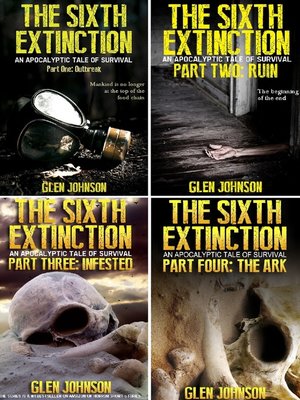

The members of the species are not particularly swift or strong or fertile. Slowly its population grows, but quite possibly then it contracts again-some would claim nearly fatally-to just a few thousand pairs. Its numbers are small, and its range restricted to a slice of eastern Africa. The species does not yet have a name-nothing does-but it has the capacity to name things.Īs with any young species, this one’s position is precarious.

So it is with this story, which starts with the emergence of a new species maybe two hundred thousand years ago. "synopsis" may belong to another edition of this title.īeginnings, it’s said, are apt to be shadowy. The sixth extinction is likely to be mankind's most lasting legacy as Kolbert observes, it compels us to rethink the fundamental question of what it means to be human. Through these stories, Kolbert provides a moving account of the disappearances occurring all around us and traces the evolution of extinction as concept, from its first articulation by Georges Cuvier in revolutionary Paris up through the present day. She introduces us to a dozen species, some already gone, others facing extinction, including the Panamian golden frog, staghorn coral, the great auk, and the Sumatran rhino. In The Sixth Extinction, two-time winner of the National Magazine Award and New Yorker writer Elizabeth Kolbert draws on the work of scores of researchers in half a dozen disciplines, accompanying many of them into the field: geologists who study deep ocean cores, botanists who follow the tree line as it climbs up the Andes, marine biologists who dive off the Great Barrier Reef. Scientists around the world are currently monitoring the sixth extinction, predicted to be the most devastating extinction event since the asteroid impact that wiped out the dinosaurs. Over the last half a billion years, there have been five mass extinctions, when the diversity of life on earth suddenly and dramatically contracted. ONE OF THE NEW YORK TIMES BOOK REVIEW'S 10 BEST BOOKS OF THE YEARĪ NATIONAL BOOK CRITICS CIRCLE AWARD FINALISTĪ major book about the future of the world, blending intellectual and natural history and field reporting into a powerful account of the mass extinction unfolding before our eyes


 0 kommentar(er)
0 kommentar(er)
